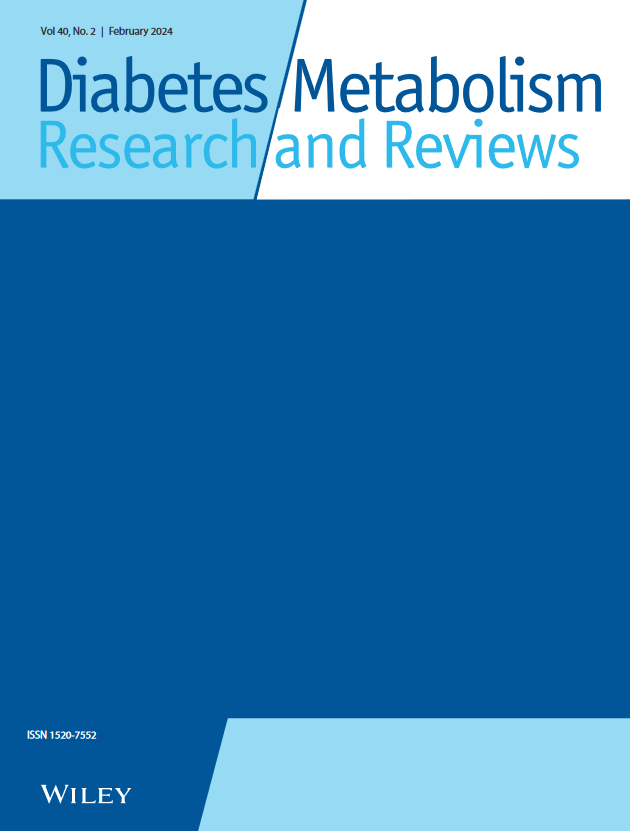Contributions of Clinical Obesity and Preclinical Obesity to the All-Cause Mortality Risk: Findings From the UK Biobank Cohort
Abstract
Background
The definition of clinical obesity was newly announced. The aim of our study was to investigate the association of preclinical obesity and clinical obesity either at baseline or determined during follow-ups with the risk of all-cause mortality.
Methods
Data were collected from 232,721 participants in the UK Biobank. Dysfunctions caused by obesity, in combination with an excess of anthropometric parameters, were used to diagnose clinical obesity. Participants were categorised into six clusters according to their baseline and follow-up dysfunction status. Time-dependent Cox proportional hazards regression was used to compare hazard ratios (HRs) for mortality across six clusters.
Results
In a total of 19,704 deaths over a mean follow-up of 13.4 years, participants in Cluster 6 (clinical obesity at baseline; HR = 2.30, 95% CI: 2.16–2.44) and Cluster 3 (non-obesity with baseline dysfunctions; HR = 2.02, 95% CI: 1.85–2.20) exhibited the highest multivariable-adjusted mortality risk compared with participants without obesity and dysfunction at baseline and during follow-up (Cluster 1). This was followed by participants in Cluster 2 (non-obesity without baseline but with follow-up dysfunctions; HR = 1.99, 95% CI: 1.88–2.10), Cluster 5 (preclinical obesity with follow-up dysfunctions; HR = 1.97, 95% CI: 1.87–2.07), and Cluster 4 (preclinical obesity without follow-up dysfunctions; HR = 1.15, 95% CI: 1.09–1.22). Subgroup analyses showed consistently higher mortality risks in Cluster 6 across various demographics, notably among individuals with higher educational qualifications.
Conclusions
Clinical obesity was significantly associated with elevated all-cause mortality risk. These findings underscore the importance of early screening and intervention for dysfunctions in patients with obesity.


 求助内容:
求助内容: 应助结果提醒方式:
应助结果提醒方式:


